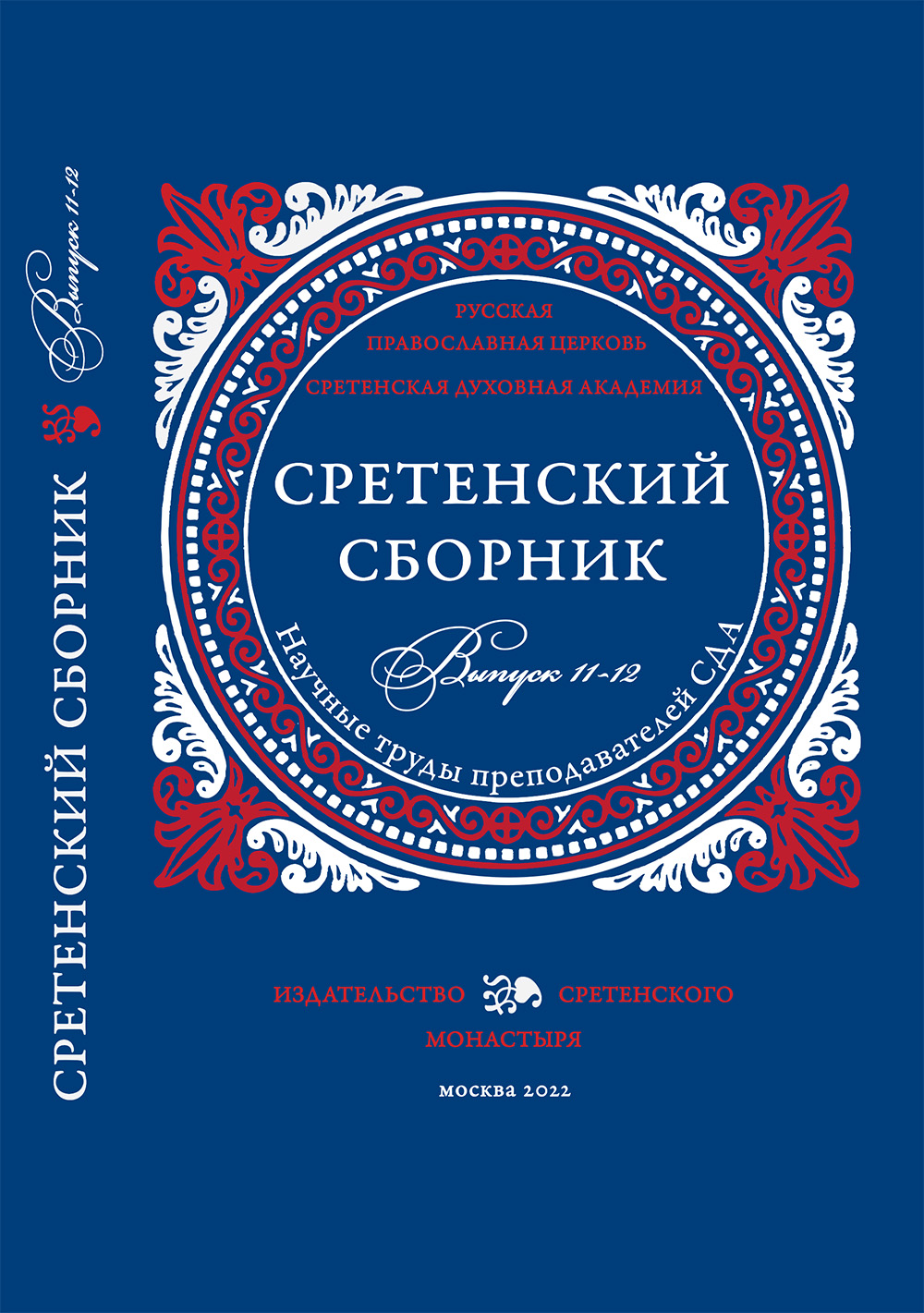Hagiographic tradition in the Icelandic episcopal sagas (biskupa sögur)
Keywords:
medieval Iceland, Old Icelandic literature, episcopal sagas (biskupa sögur), hagiography, hagiographic topoi, composition, evangelical ideals, biblical allusionsAbstract
The article presents a new view upon the reasons for flourishing in Iceland of the XIII–XIV centuries of such a genre of Old Icelandic literature as episcopal sagas, or sagas about bishops (biskupa sögur). For the first time in Russian science, the spiritual state of the Icelandicsociety and clergy of the epoch of Christianization of the country is analyzed from the Orthodox point of view. Episcopal sagas, which included hagiographical topoi of continental hagiography (as well as biblical allusions) along with the elements of realistic narrative (characteristic of the family sagas) are considered as a reflection of the aspirations of the Icelandic people to evangelical ideals in conditions when their inclusion into the orbit of the Western Church led to the separation of Iceland from the liturgical life of the Universal Orthodox Church. The very contradiction between everyday reality and the evangelical ideal could force the authors of episcopal sagas (mostly anonymous) to see the features of true piety in their characters and describe them by referring to the topic, imagery and language of continental hagiography. And if the epithet ‘saint’, found in the text of the episcopal sagas (Icelandic helgi, heilagr, a translation-loan








